No products in the cart.

How to Organize: Make an entertaining catalog to organize napkins, tablecloths, and placemats
If you are curious where I store all my entertaining items as a hostess, they are all over the place! In three different rooms, all nearby the dining room for easy access. If you’re a regular hostess, check out my hostess checklist on how I prep before a party!
As long as you have an entertaining catalog (more on that) of your inventory, I don’t think it matters where you store your hostess items because unless you are blessed to have a butler’s pantry or a large party closet, most of your items might be scattered everywhere instead of located in one place like most of us.
The solution – your own entertaining catalog of inventory!
So here’s where the entertaining catalog comes in handy so you can see EVERYTHING you own even if it’s scattered around your house. Just as long as you remember where you put it of course.
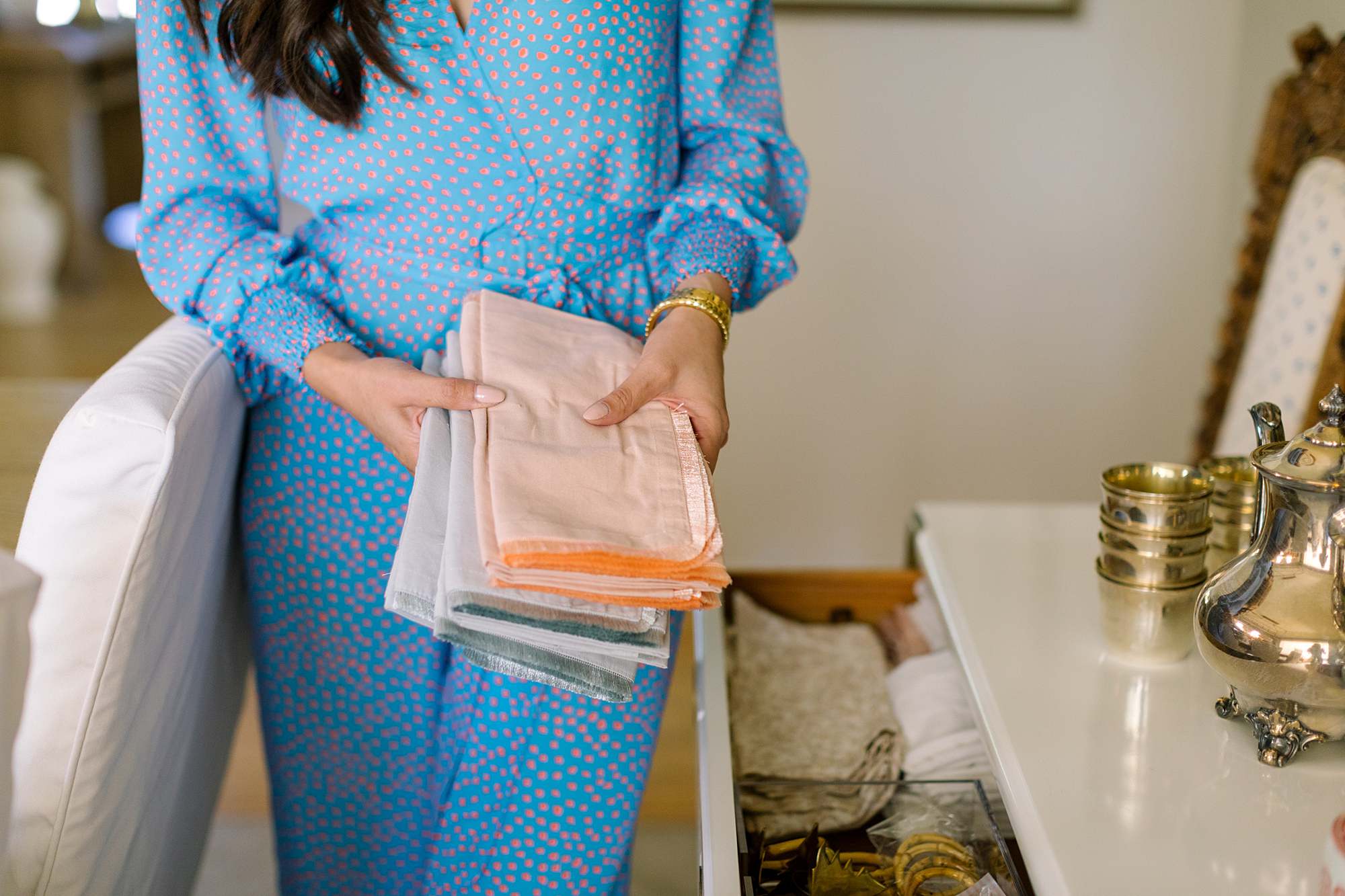
Creating an Entertaining Catalog
I saw this idea of creating an entertaining catalog from a YouTube video of a home tour, this woman printed an excel sheet with a photo of every single tablecloth she owned and the dimensions. I decided to create something similar and add more of my entertaining items such as: napkins, tablecloths, napkin rings, candle holders, placemats, salt and pepper shakers, placecard holders, and dishes! I knew I had to include as much as I owned in order to keep myself organized and it would make my life easier with party planning — AND seeing everything would show me I had enough! I keep most of my items, but not all in my party pantry/closet.
You can create and update this catalog from your phone. Open the Google Drive app, and open sheets, and quickly tap to a photo from your camera in one of the excel boxes.
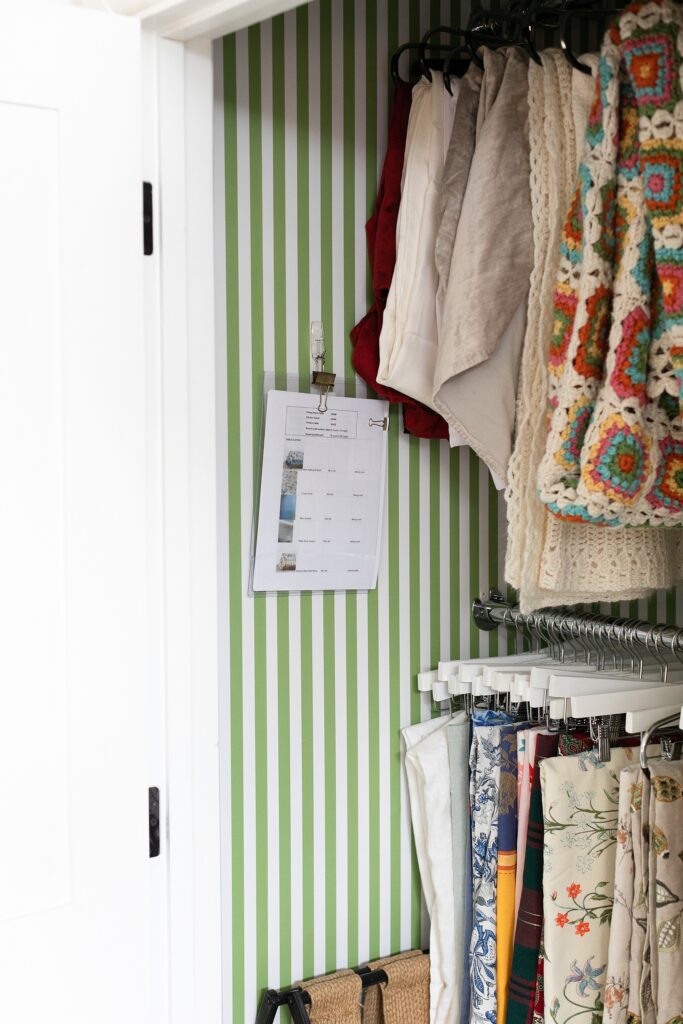
This is the entertaining catalog, I just print it up and have it binder clipped and it hangs in my party pantry/closet with the linens and trays, candle sticks, etc.
Nothing too fancy just an organized excel sheet with boxes and a thumbnail of one of the items and inventory of how many and the size (for table cloths).
Start with knowing the size of every table you own and write it down. Then measure the tablecloths you own and write down the size and if you want, which is what I do, which table it will fit for an easy reference.
I used to hang my tablecloths and have a note that had the dimensions but quickly found that wasn’t efficient for me as I kept going through all my tablecloths over and over again trying to remember my table sizes.
Here are examples of how the sheets of my entertaining catalog looks. I have a tab for every item type (salt and pepper shakers, place card holders, etc.) I print all the pages out and hang the entire packet inside my party closet –
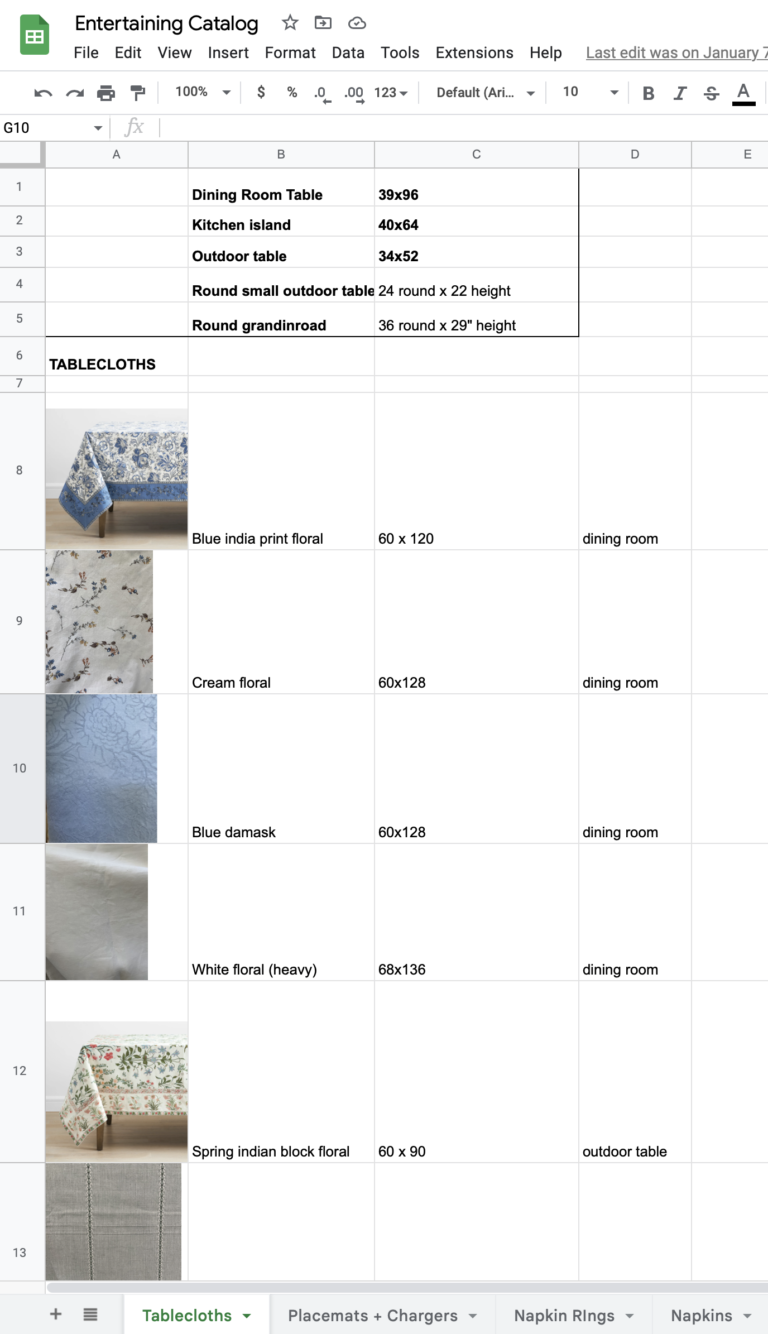
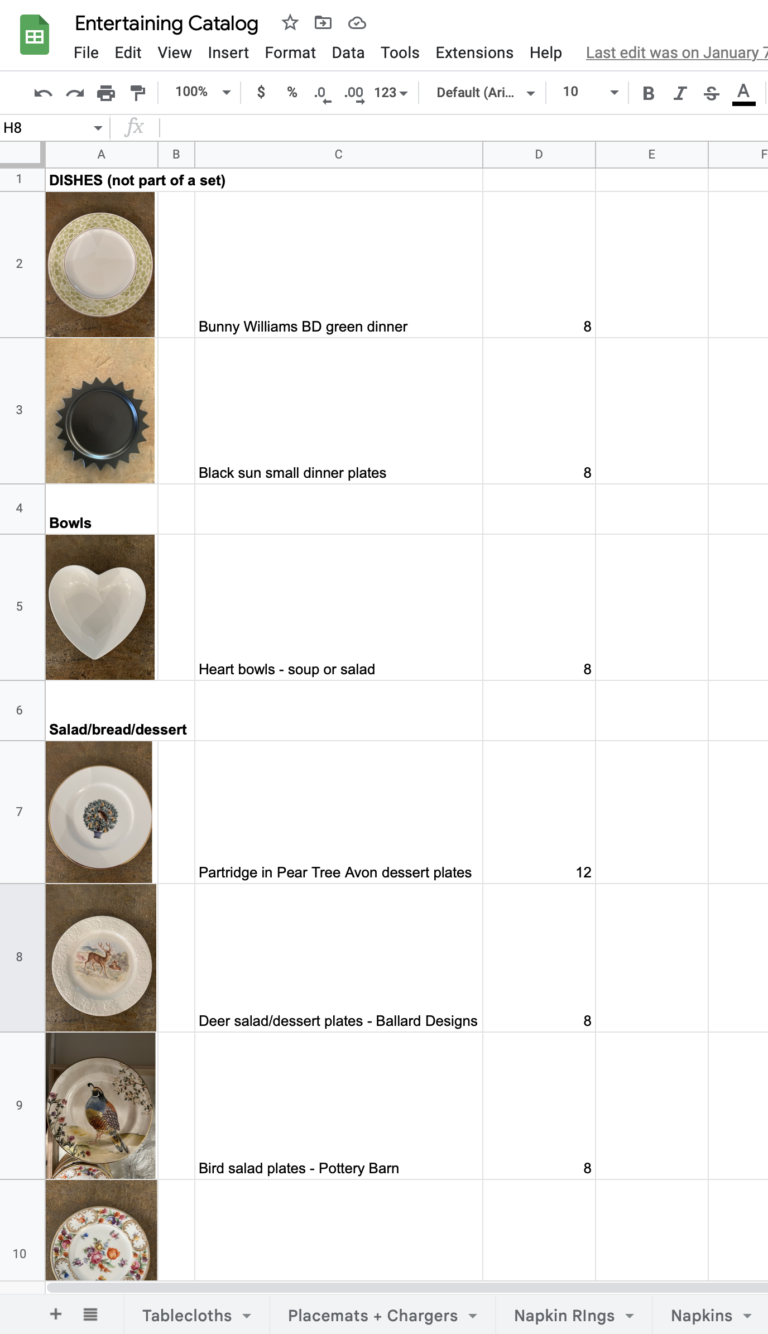
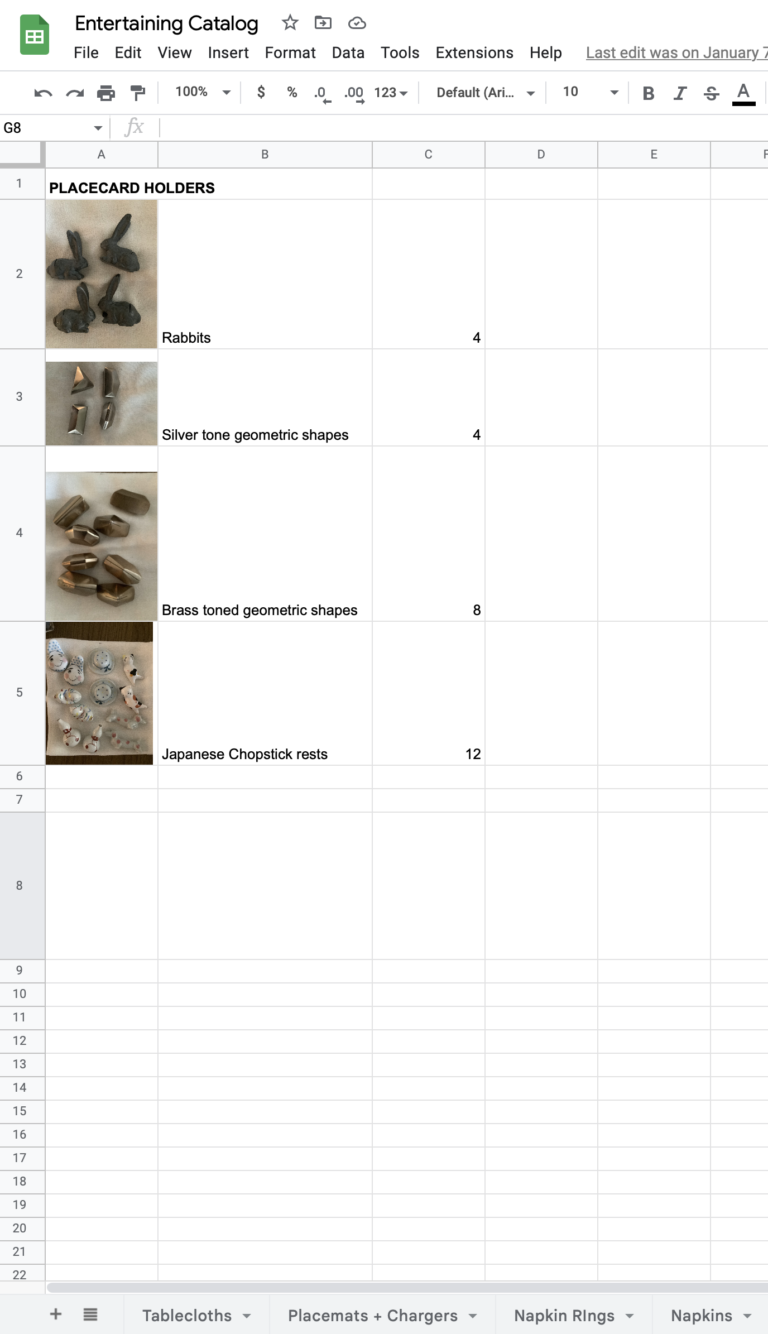
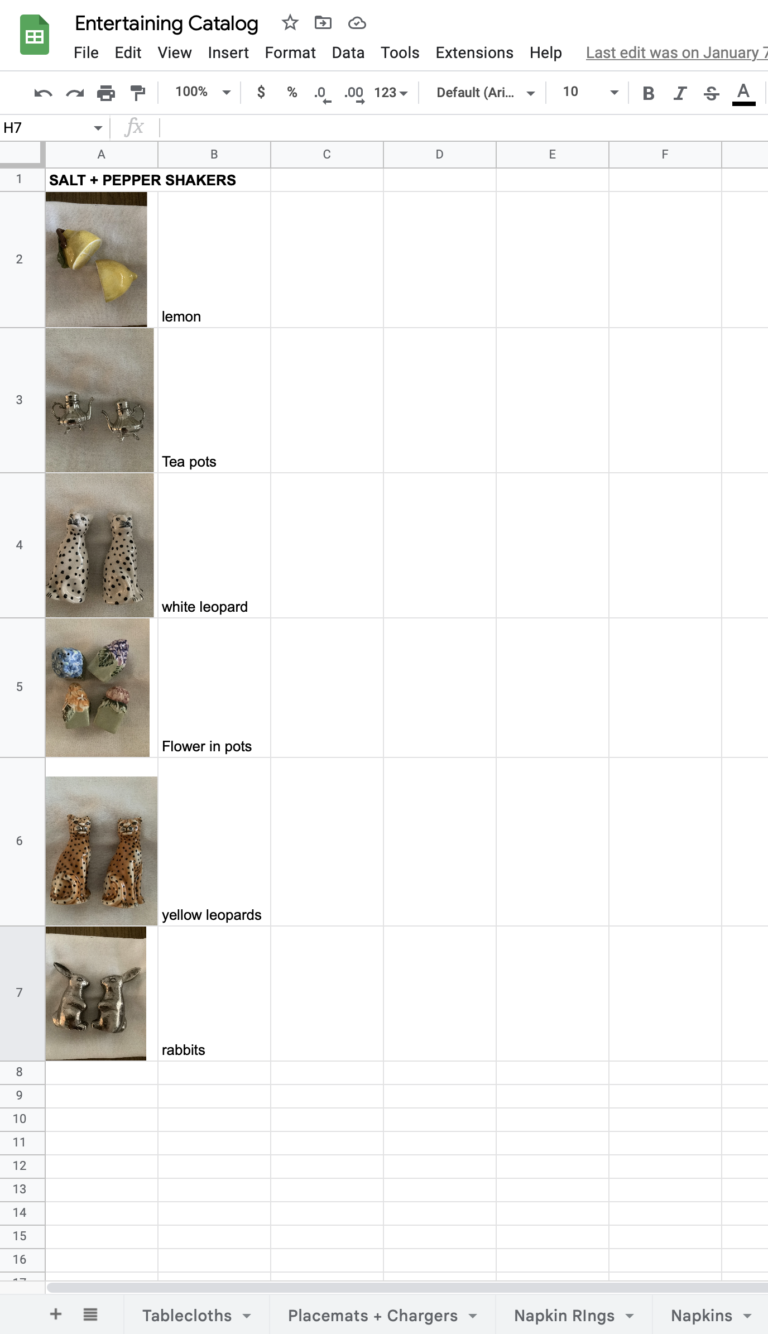
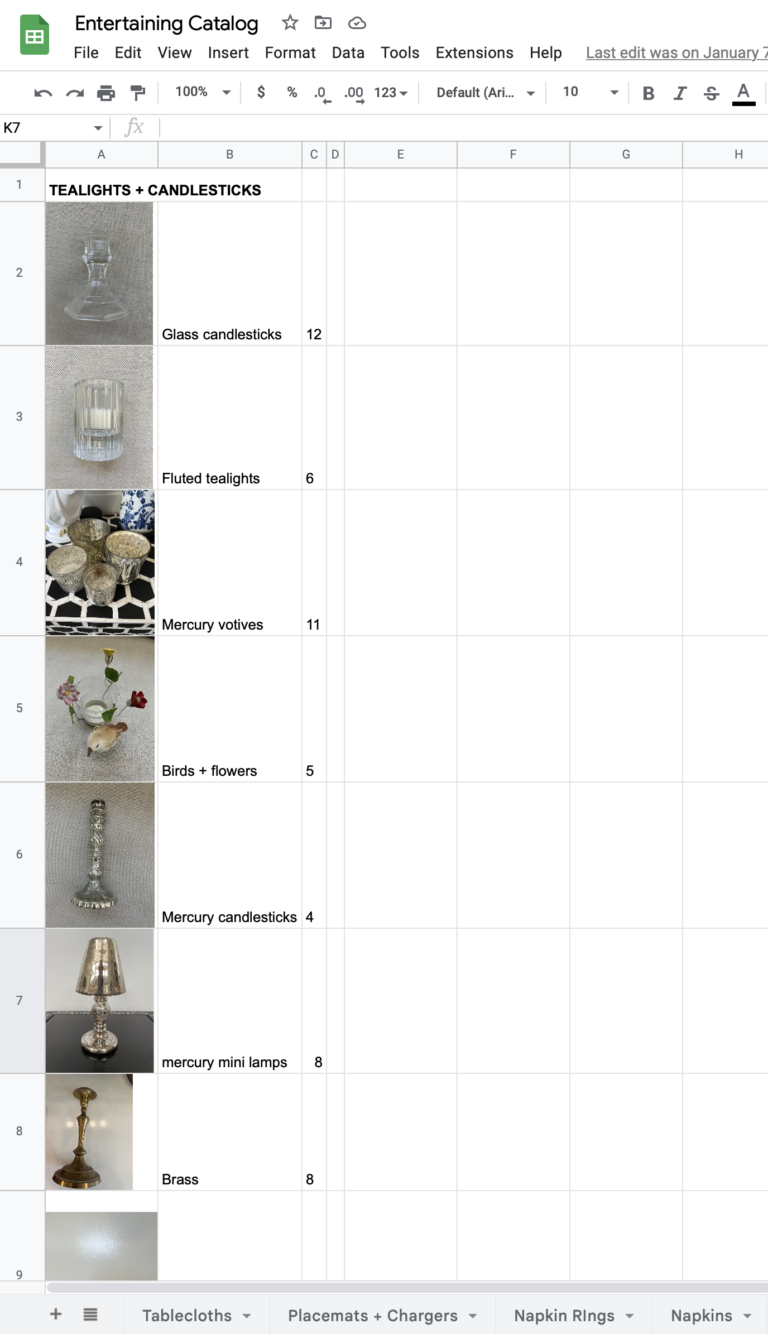
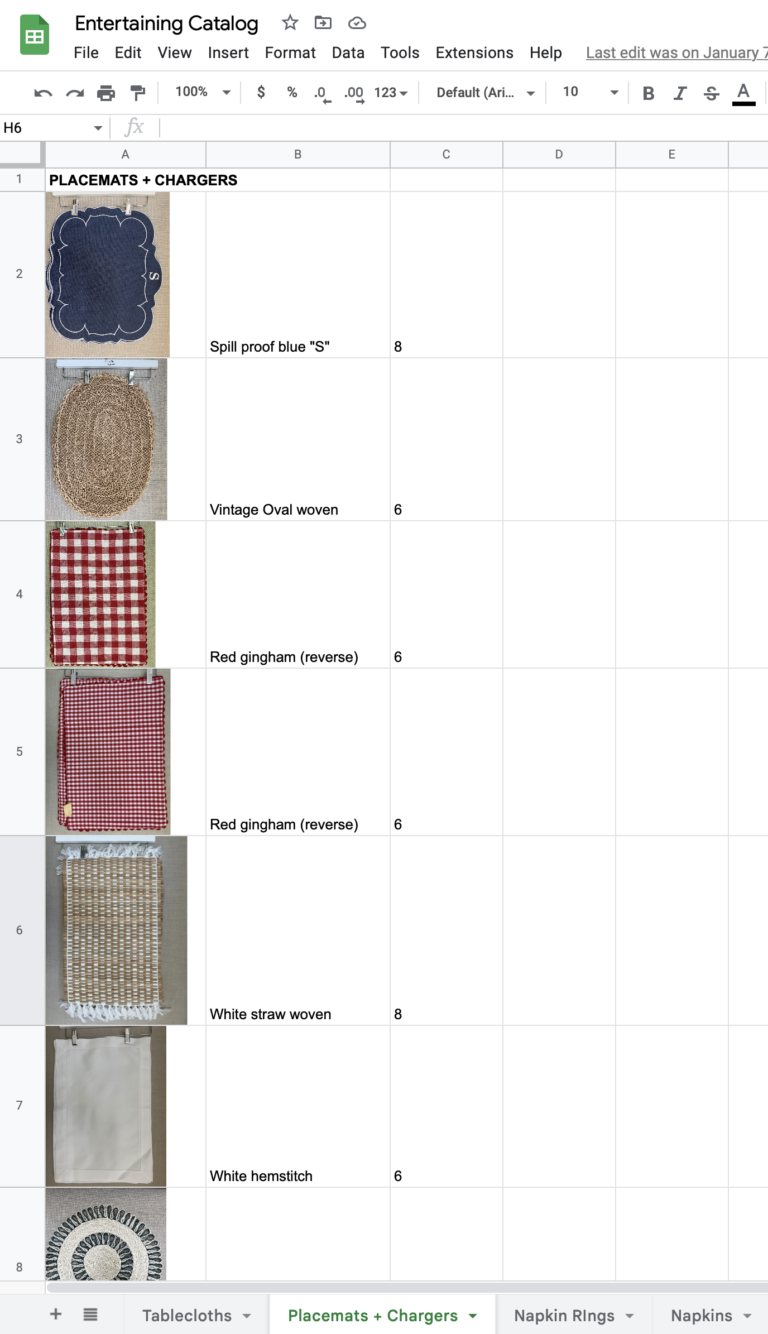
I update it once a year and I remember what I added or given to friends since my last update. It’s important to purge and notice what I have not used throughout the year too. But if I bring in a few items and feel the need to update, I just print out the updated pages.
It took me a few hours, but once it’s done, you are set! It’s worth the time you save in the long run and of course when you can see it all it doesn’t matter where you store it and shows you if you have enough stuff – which for me is the point of organization. Saving time and money.
I do not take photos of every serving dish or serveware item because I don’t think that is as important and I also don’t have too much of that. I mean I do, but I don’t need it to set the ambiance of a table, that can be chosen on my own easily.
You can print it and hang it in your party closet like I do, or look at it digitally, or do both when you plan to set the table.
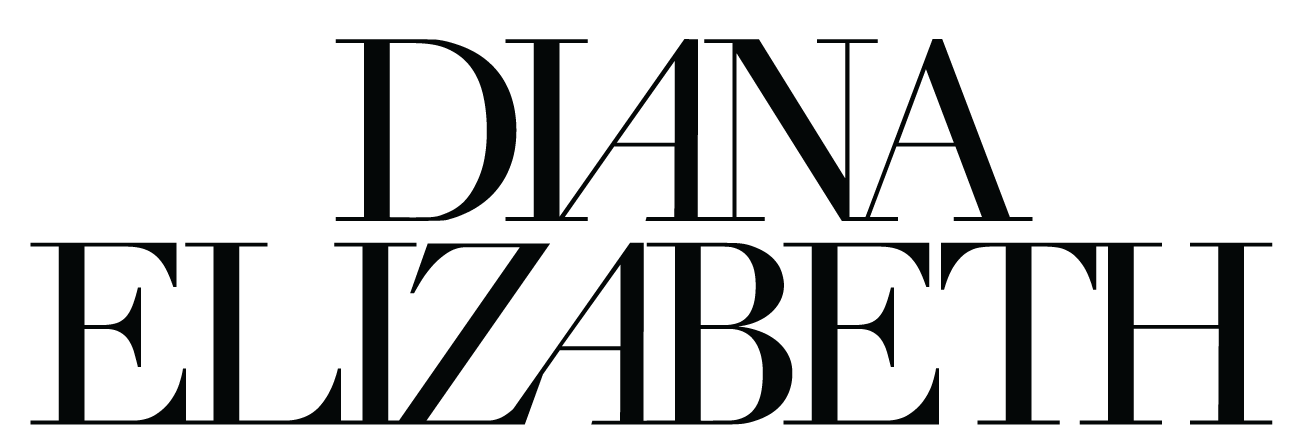

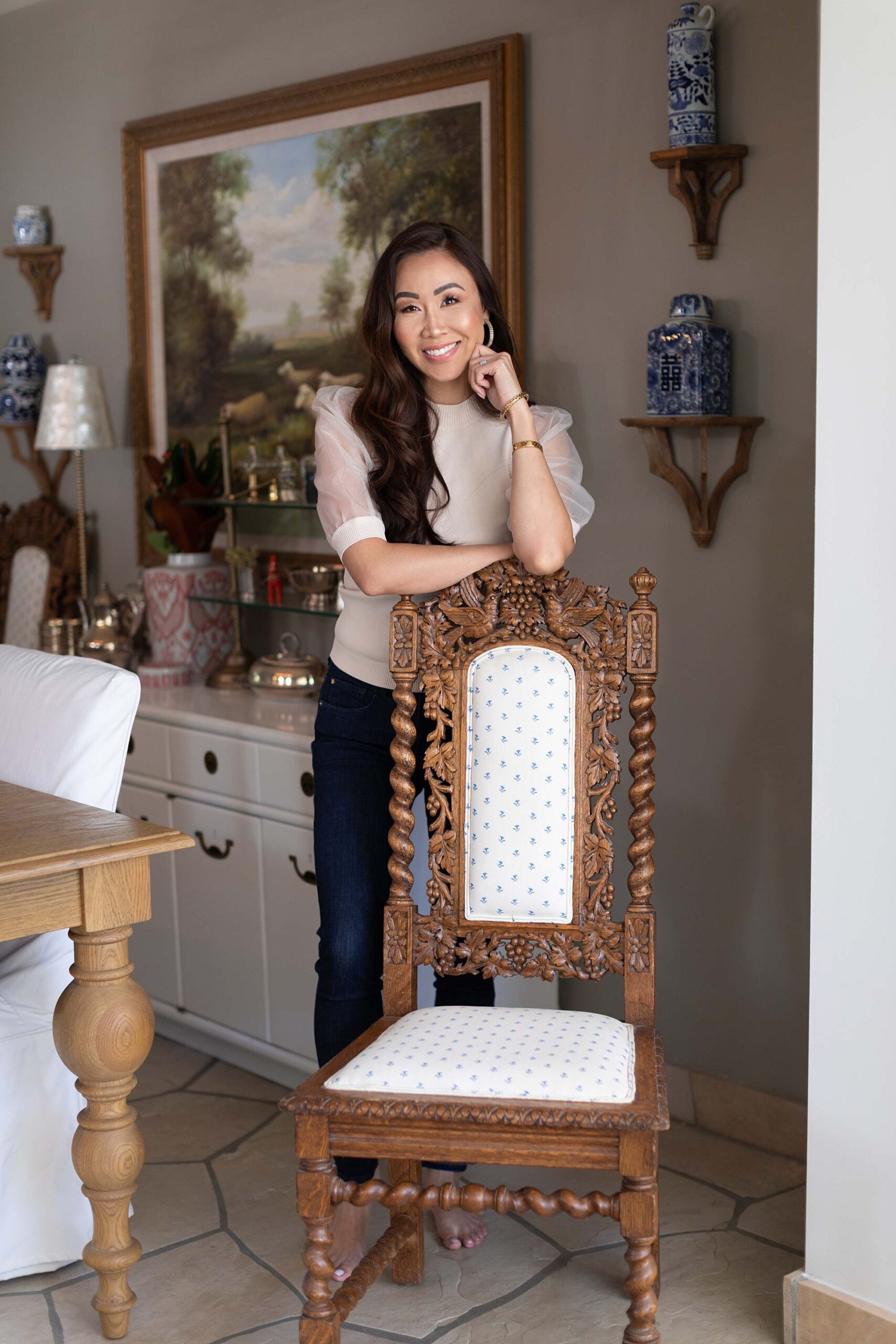

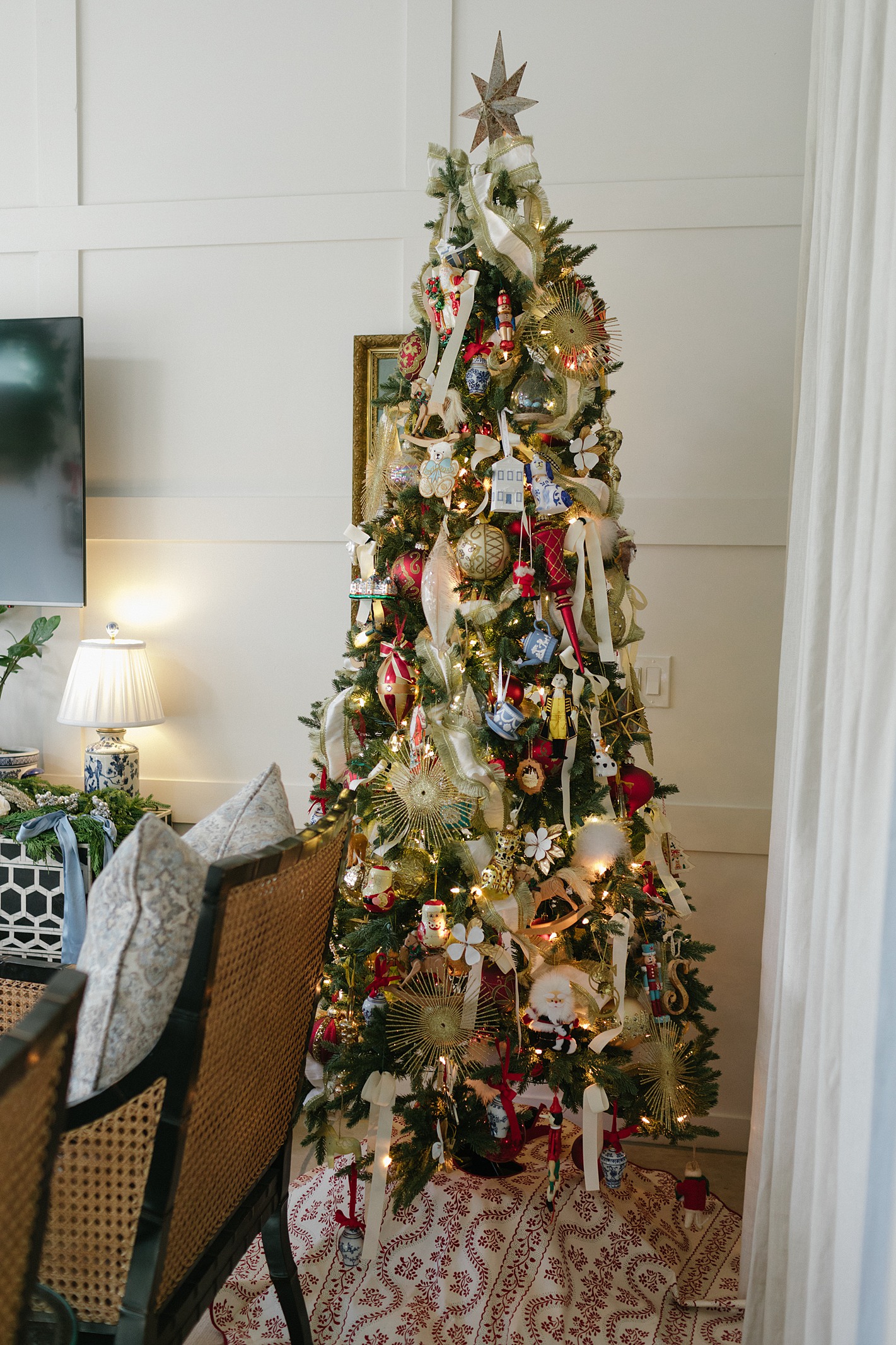
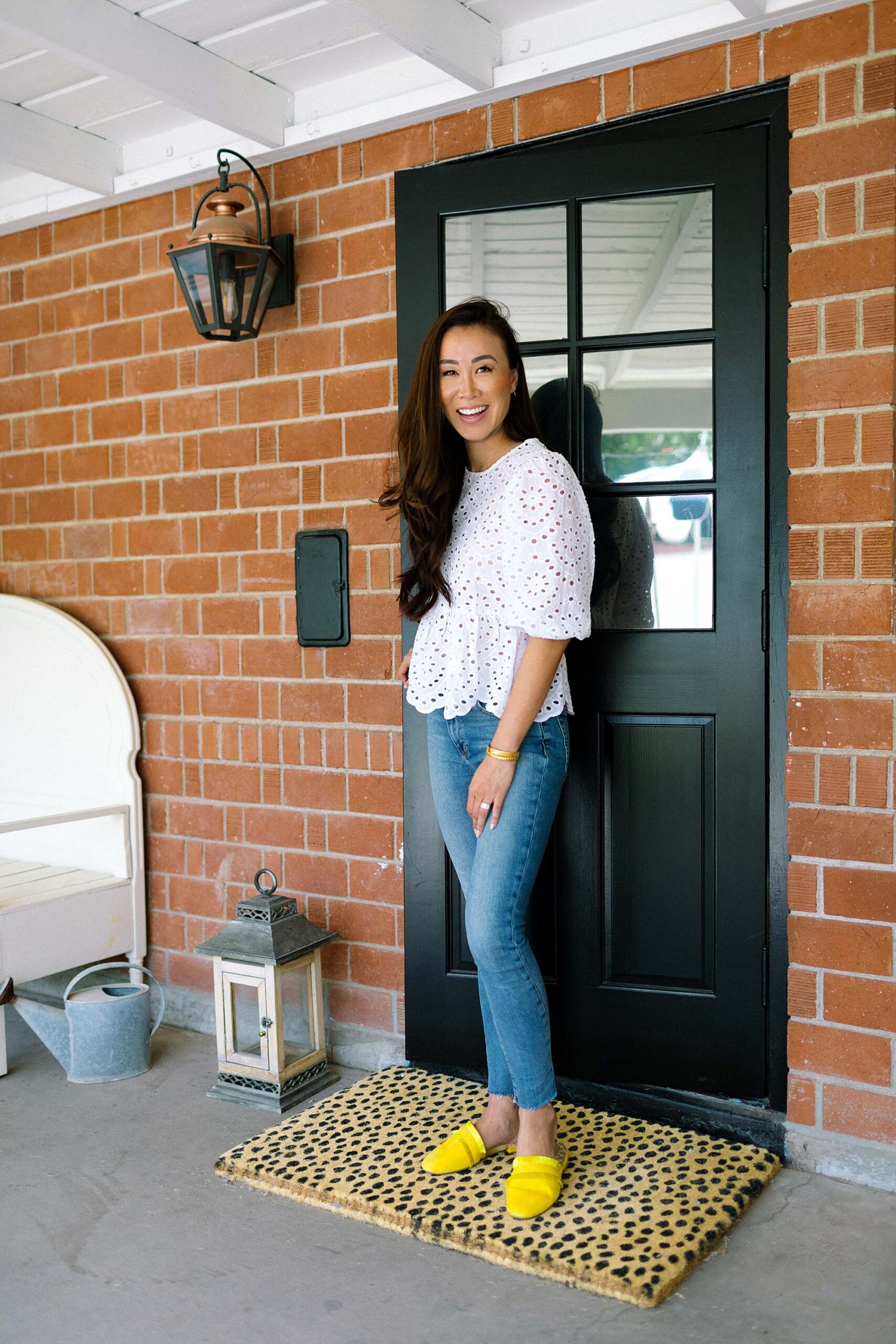


POST COMMENT